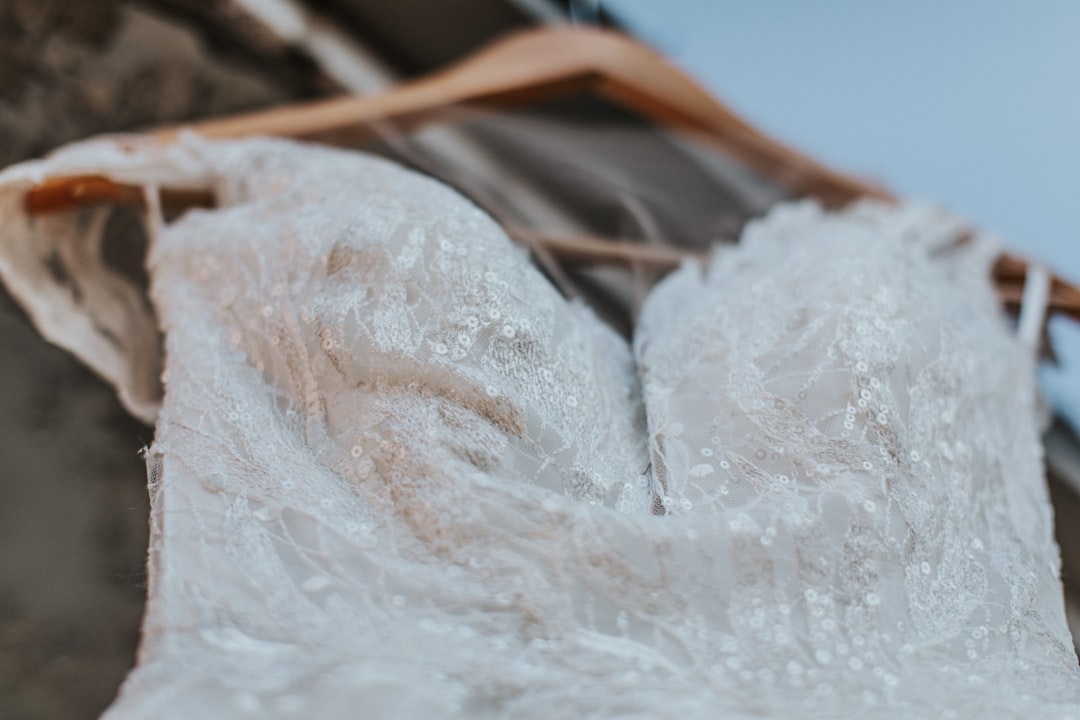Foam Insulation Knoxville TN: A Professional's Guide
In Knoxville, TN, the cost of foam insulation ranges from $1.50 to $3.50 per square foot, depending on the type and application. Eastern Tennessee's climate demands effective insulation solutions. Foam insulation is the preferred choice for construction professionals seeking to enhance energy efficiency and structural integrity. CountBricks combines expert installation with AI-driven precision, ensuring accurate estimates and superior results.
The Knoxville Climate Challenge
Knoxville experiences extreme temperature variations, making insulation crucial. Foam insulation addresses these challenges by expanding to fill gaps, maintaining indoor comfort, and reducing energy costs.
- Lower HVAC runtime extends system life
- Continuous vapor barrier combats humidity
- Improves indoor air quality by blocking allergens
Benefits of Foam Insulation for Professionals
- Up to 50% energy savings over traditional methods
- Noise reduction ideal for urban areas
- Enhances structural strength by up to 300%
- Eligible for energy-efficiency incentives
Closed-Cell vs Open-Cell: Choosing the Right Foam
Closed-cell foam offers high R-value and moisture resistance, ideal for exterior applications. Open-cell foam is cost-effective and suitable for interior soundproofing. CountBricks provides expert assessments to determine the best solution for your project.
CountBricks Installation Process
- Site assessment using advanced technology
- AI-generated estimates for transparency
- Digital approval and scheduling
- Professional installation with quality control
- Post-installation performance verification
AI Estimating: Efficiency and Accuracy
CountBricks leverages AI for precise cost estimation, eliminating surprises and ensuring timely project completion. This technology allows for quick comparisons and informed decision-making.
Cost Considerations for Foam Insulation
- Foam type and application depth
- Site accessibility and preparation needs
- Potential rebates and incentives
Expert Tips for Optimal Insulation
- Schedule installations during optimal weather conditions
- Combine with radiant barriers for enhanced performance
- Ensure proper sealing of fixtures
- Request post-installation testing for airtightness
- Maintain documentation for future reference
Frequently Asked Questions
- Foam insulation longevity: 50+ years
- Safety: Low-VOC products used
- Occupancy during installation: Typically possible
Contact CountBricks for Professional Insulation Solutions
Enhance your construction projects with CountBricks' expert foam insulation services. Visit CountBricks.com for more information and to schedule your consultation.
Case Study: West Knoxville Bonus-Room Retrofit
Project Overview: A 2,800 sq ft home in West Knoxville faced extreme temperatures in a bonus room. CountBricks provided a tailored insulation solution, significantly improving comfort and efficiency.
Approach
- Conducted a thermal imaging audit to identify issues
- Provided AI-driven proposals with detailed options
- Implemented a hybrid foam installation for optimal results
Results
- Temperature reduction of 18°F
- 42% decrease in HVAC runtime
- Annual energy savings of $760
Success Factors
- Real-time cost visibility for informed decisions
- Effective containment strategies during installation
- Verified reduction in air infiltration post-installation
Explore More Success Stories
Discover how CountBricks can transform your projects. Visit CountBricks.com to learn more and schedule your consultation.

